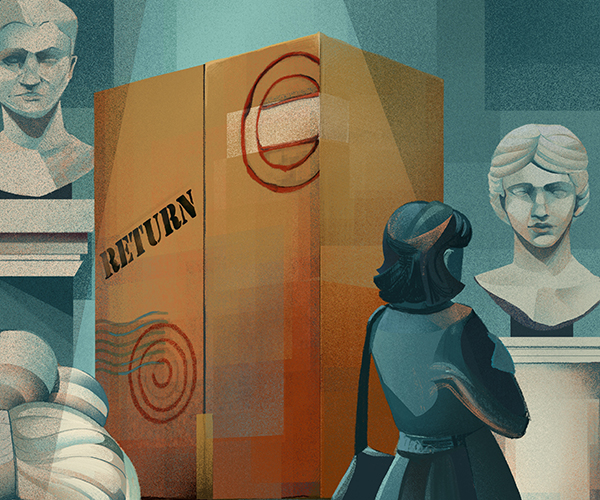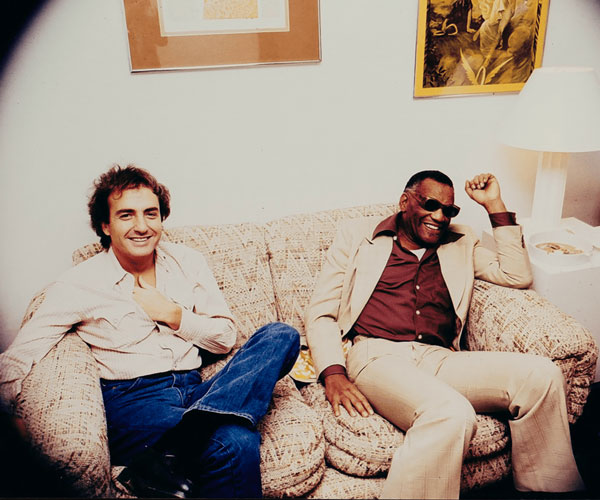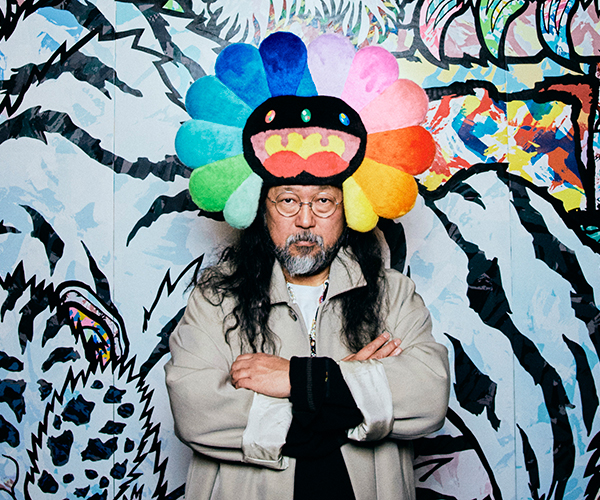There's something about hiding away among the treetops that opens worlds of imagination. In a treehouse, you can be an explorer, a member of the royal family, a mad scientist. The possibilities are as clear as a blue sky.
The Cleveland Botanical Garden's Branch Out treehouse exhibit gives you another chance to replant that childhood magic. "Even if you didn't have a treehouse growing up, I think as an adult, there are a lot of memories to be had walking through the woods," says Cynthia Druckenbrod, vice president of horticulture at the garden. "We didn't have cellphones and our entertainment was playing outside, so we hope this exhibit helps families reconnect with nature."
Open now through Aug. 23, Branch Out displays six locally designed treehouses tweaked to reflect the garden and critiqued by judges including Druckenbrod and Treehouse Masters' Pete Nelson. Crawl inside three enchanting spaces with us.
Ligna Distorta — "Twisted Tree"
by Mike Christ
Branching off a boardwalk in the Woodland Garden, its multitiered wood design morphs with the tree to create a flowing space that beckons children to climb up, slide down and look out at the flowing stream. "This one is the most active out of all the treehouses," Druckenbrod says. "It resembles a very abstract tree that allows children to crawl through the crevasses like an active animal on the forest floor."
Acoustic Canopy
by Alan Hipps
Resembling a hanging wind chime, the 18 to 20-foot-high Acoustic Canopy is filled with wooden musical instruments. Offering a 360-degree view of life above the forest floor, it's wrapped around a tree in the Woodland Garden with a padded collar to ensure no damage. "To have a stairway completely cascading down and spiraling down is really unique for any treehouse," says Druckenbrod. "So we love the design."
Reflects
by Marc Manack
Situated in the front courtyard garden, the geometric structure is made with glass on the outside and inside that allows visitors to see their own reflection and also that of the surrounding nature. "The idea is to attract people to it and think about what they are looking at," Druckenbrod says, "both at their reflection and what is being reflected through the mirrors when they walk through the house."



